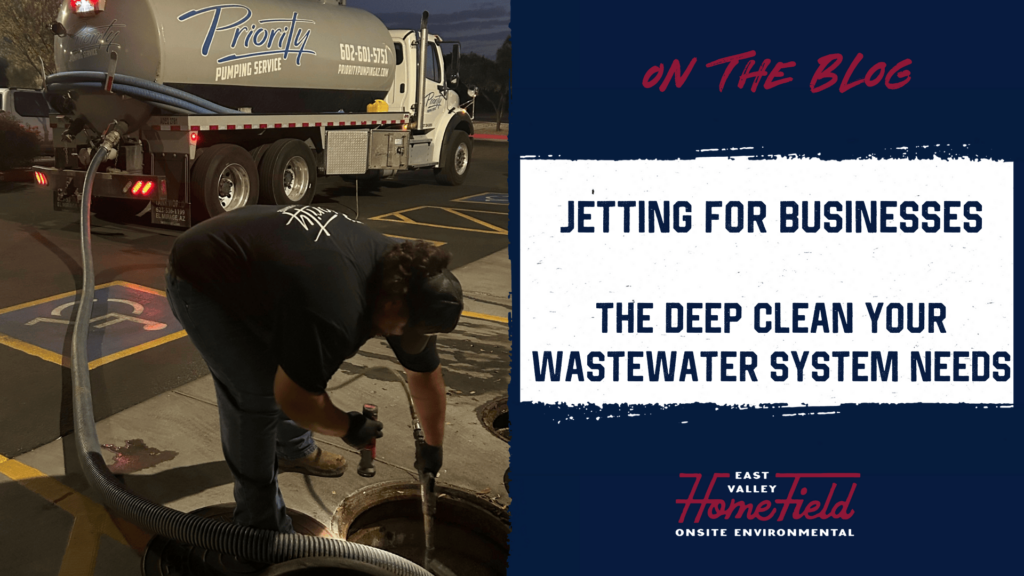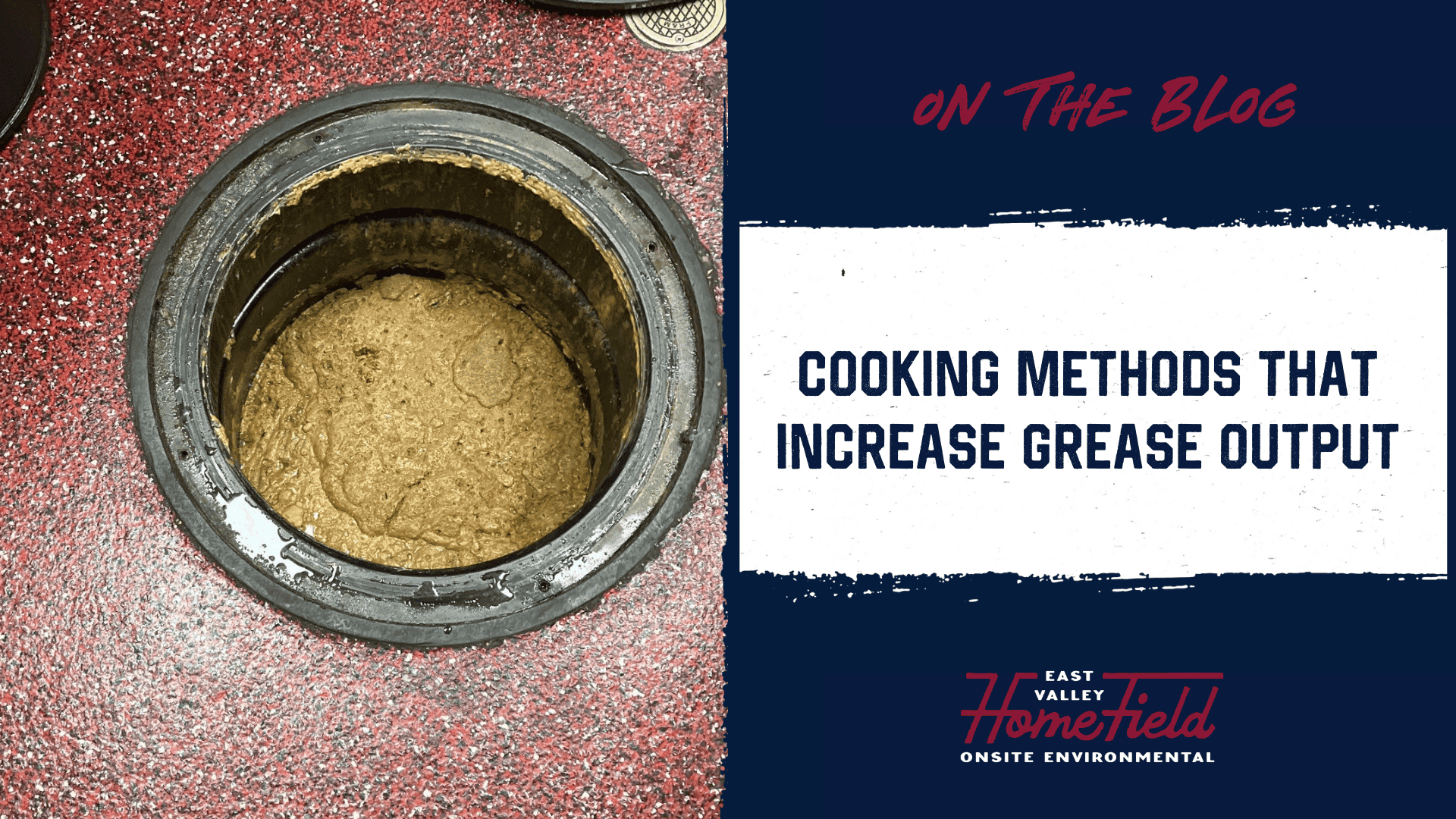
Increased Grease Output
September 22, 2025
Restaurants depend on their kitchen operations running smoothly, but certain cooking methods contribute to increased grease output. Grease buildup clogs grease traps and can cause serious plumbing issues if not properly managed. In this blog, we will explore how different cooking techniques affect grease production and share some tips on controlling it.
Frying Foods and Increased Grease Output
Frying is one of the biggest culprits when it comes to increased grease output in commercial kitchens. High temperatures and large amounts of oil in frying create significant grease, especially when changing or reusing oil. This leads to a high concentration of fat and oils, requiring proper disposal to prevent clogs in your grease trap and drain lines. Additionally, different oils affect grease output. Animal fats create more grease than vegetable oils.
 Grilling and Broiling: A Hidden Source of Grease Output
Grilling and Broiling: A Hidden Source of Grease Output
While grilling and broiling may seem like healthier alternatives, they still contribute to increased grease output. Both methods produce fat that drips off the food, leading to a buildup of grease on cooking surfaces and in the grease trap. As the food cooks, excess fats accumulate and need filtering out of your system. To reduce grease output from grilling and broiling, regularly clean cooking equipment and maintain grease traps.
Baking and Roasting: The Surprisingly Greasy Methods
Though these methods use less oil than frying, fats in meats and baked goods still release a lot of grease. While less dramatic than frying, the steady release of fats from baking or roasting still impacts grease output. Roasting fatty cuts of meat like pork belly or coating vegetables in oils can quickly add up. Even small amounts of grease, over time, affect your grease trap.
Control Strategies for Restaurants with Increased Grease Output
To prevent excessive grease buildup, ensure you have an effective grease management system in place. Regular maintenance of grease traps is essential for handling increased grease output from various cooking methods. Using grease separators or strainers during food prep can help minimize the amount of grease entering your plumbing system. Educating staff on proper grease and oil disposal helps reduce strain on grease traps. This also prevents costly plumbing repairs.
By understanding how different cooking methods contribute to increased grease output, restaurants can take proactive steps to manage it. This helps control grease buildup and improves kitchen efficiency. Proper management keeps operations running smoothly and prevents costly plumbing issues.
Heidi
Heidi is the marketing and business development powerhouse at HomeField Onsite Environmental. She’s all about bringing the onsite wastewater world to life with knowledge, humor, and straight-up valuable insights—helping customers make the best decisions for their systems!
Sign Up For Our Newsletter
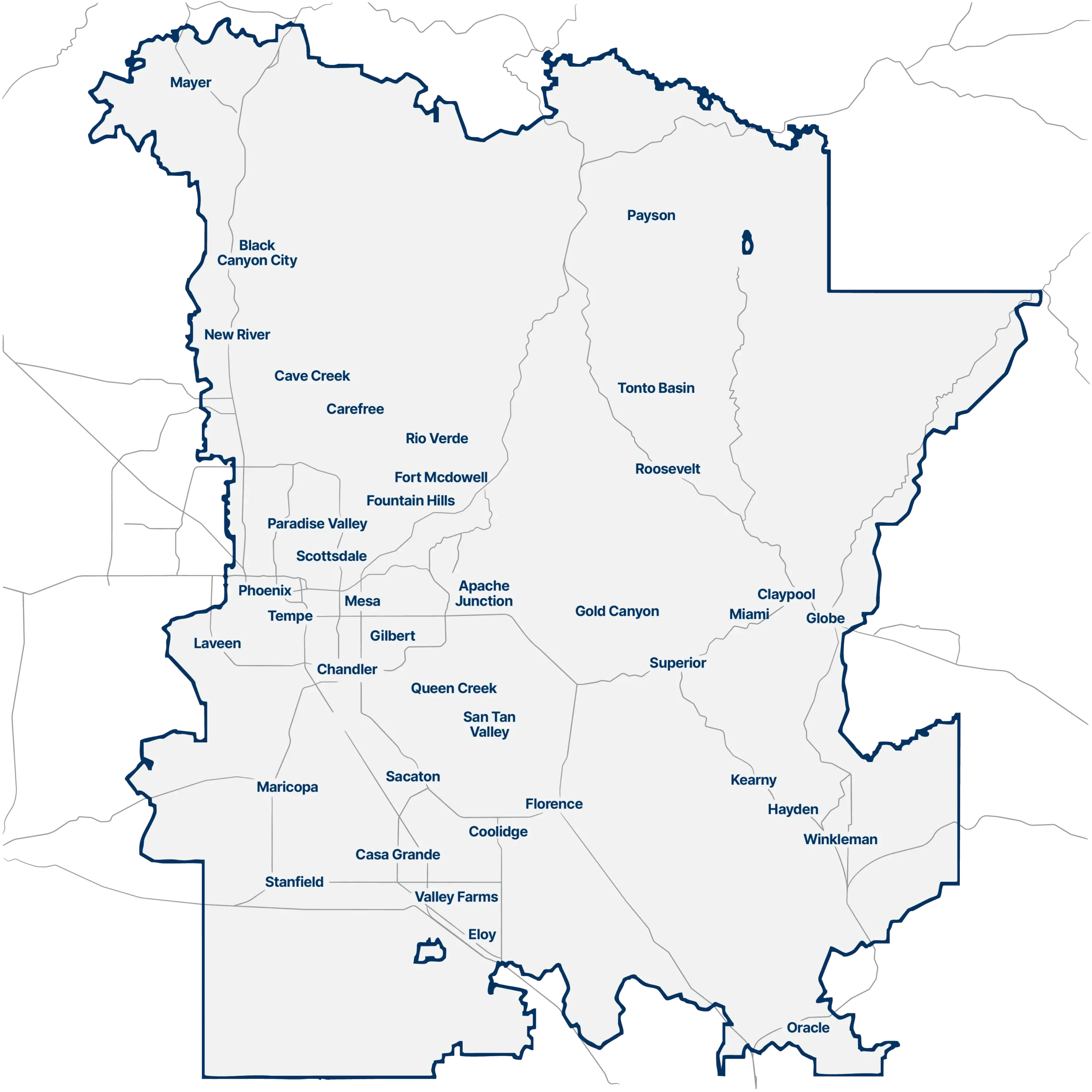
OUR SERVICE AREA
WE LOVE THE EAST VALLEY
We make the East Valley our home base, and proudly serve the cities and areas on this side of town, including:
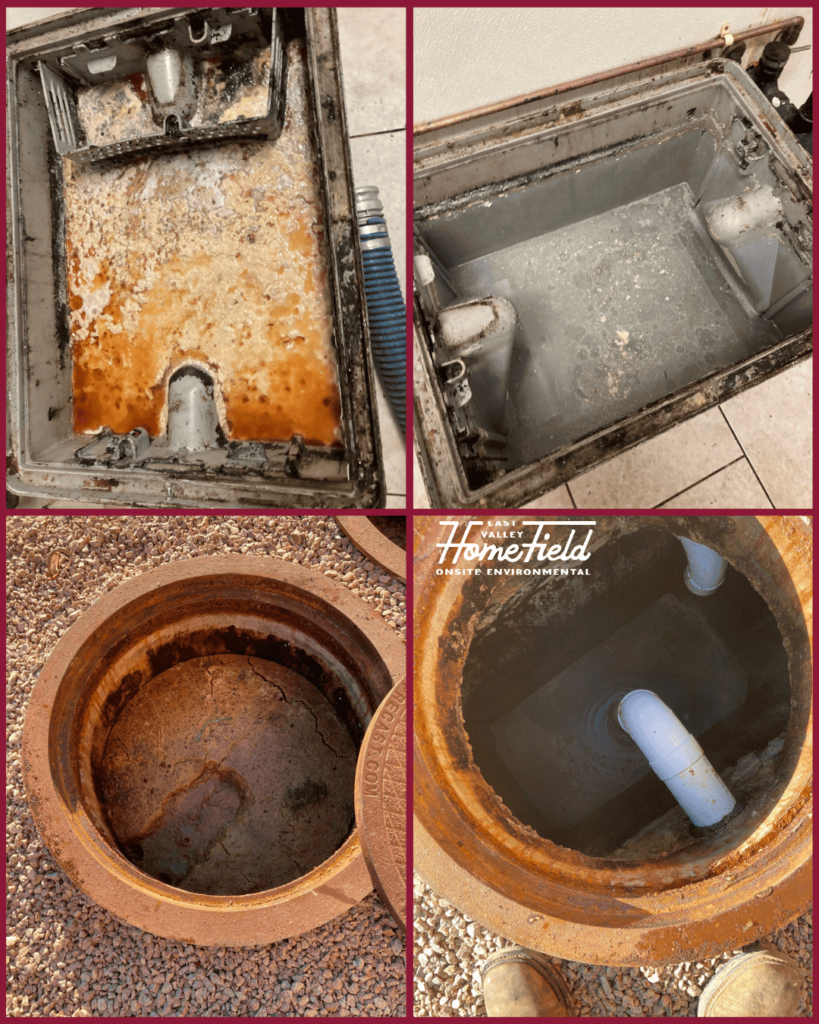 Grilling and Broiling: A Hidden Source of Grease Output
Grilling and Broiling: A Hidden Source of Grease Output